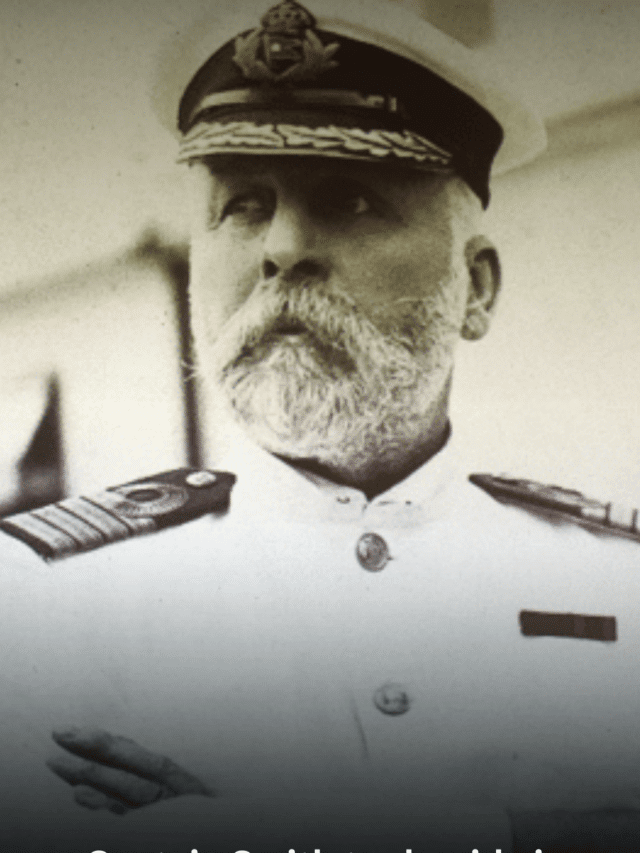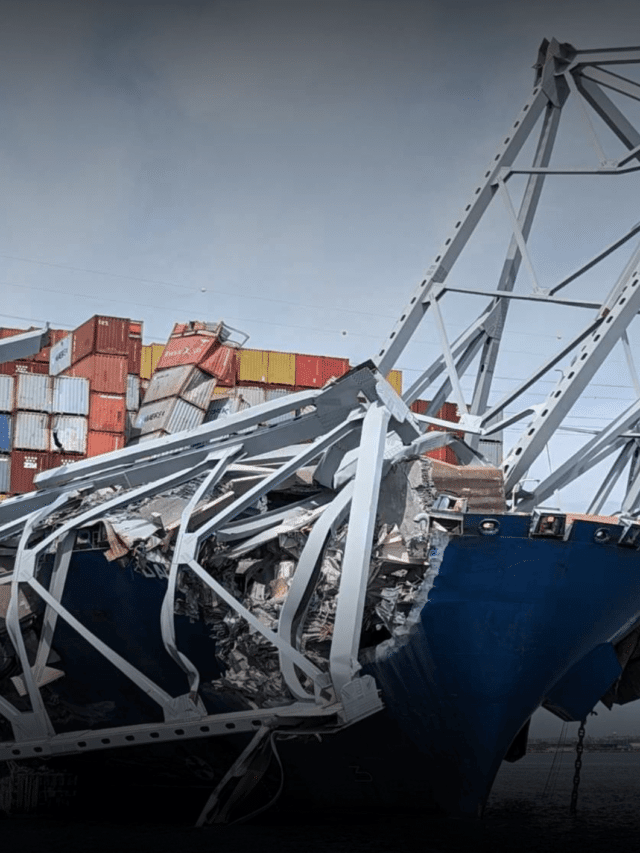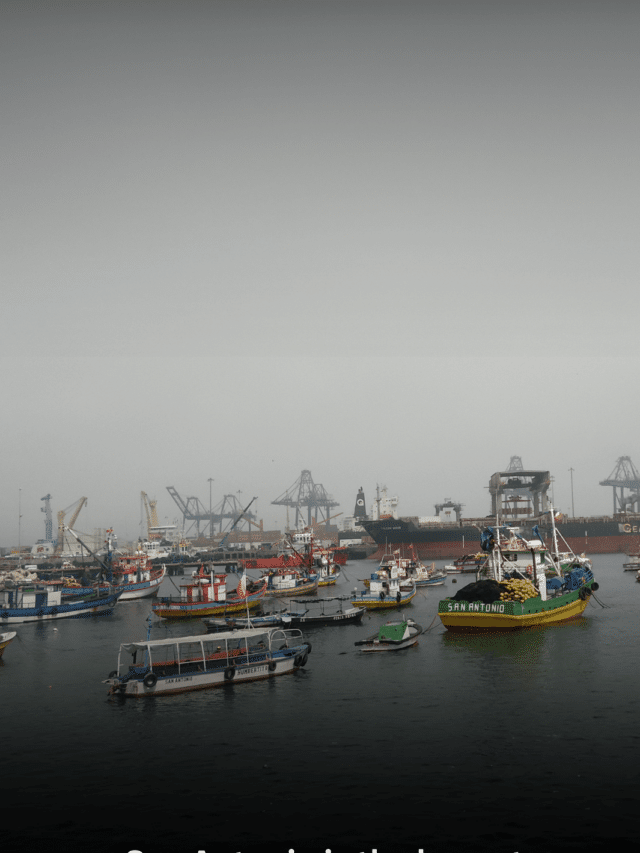What are Deep Water Ports?
A deep water port, from its nomenclature can be suggested that is different from regular ports in respect of the depth of water. A port is usually an area or platform entered into from the sea, by vessels, boats, ships, which also allows for protected staging and anchoring or docking for these ships to load and unload consignments and continue up towards its destination.
However a deep water port is usually made up for the usage of very large and heavily loaded ships. The depth of water helps get them access to the deepwater ports. Regular ports are by and large of recreational types where the water is not more than 20 feet deep, whereas deep water port is compatible with the large heavy loaded ships which may require the water to be 30 feet deep or even more.
Deep water ports are also defined to be any port which has the capability to accommodate a fully laden Panamax ship, which is determined principally by the dimensions of the Panama Canal’s lock chambers. Under 33 U.S.C.S. § 1502(10) deep water ports are delimitated as “any fixed or floating man-made structure other than a vessel, or any group of such structures, located beyond the territorial sea and off the coast of the United States and which are used or intended for use as a port or terminal for the loading or unloading and further handling of oil for transportation to any State” (except as otherwise provided, and for other uses not discrepant with the Act). The term ‘deepwater port’ includes all concerned components which denote pipelines and pumping stations, and also service platforms, mooring buoys and similar paraphernalia to the extent they are located onshore of the high water mark.
However the ownership, construction and operation of the deep water ports are not beyond law and ethics. The induction of the Deepwater Port Act in 1974 and the amendment in 1984, 1990, 1995 and 1996 furnished conditions to meet the necessary requirements such as deducing adverse effects on the marine environment, which might come about as an aftermath of the development of such ports and submitting detailed plans, including financial, technical information, location and the capacity for construction and operation and maintenance of the proposed deepwater ports.
The act also encouraged the promotion of the deepwater ports as a safe and efficient medium of oil transportation with minimized tanker traffic and associated risks.
For the sake of safety measures latest technologies available are used in the construction and operation of the deep water ports which also impose economic, social and environmental effects for national interests.
The concerned authorities of the deepwater ports are responsible for oil spill prevention, containment and cleanup, effect on oceanographic currents patterns, potential dangers from waves, winds, weather, and geological conditions etc.
Deepwater Port Facilities:
- Modern diversified facilities
- Deep sheltered waters
- Track record in oil and gas
- On and offshore renewable support
- Premier Cruise destinations
- Good communication links
- Skilled labour force
- 24 hour access
Do you have info to share with us ? Suggest a correction
Subscribe To Our Newsletters
By subscribing, you agree to our Privacy Policy and may receive occasional deal communications; you can unsubscribe anytime.
Web Stories










A deep water port handling containers for LO/LO vessels is expected to have at least moveable and more regularly track run cranes with capability to lift containers 22 rows deep without vessel turn. A port that can only handle container lift on/lift off with ship’s own gear is not considered a deep ocean port. In fact, a deep water port that expects to have any traffic had better have at least three and more regularly 8 to 10 container cranes capable of simultaneous operation for at least two panamax ships at the same time or it will not be viable. Furthermore, due to the on quay storage required for most panamax and post panamax operations, finger piers are very hard to work and impossible to work for more than one such vessel at a time with yard hustling equipment.
A deep water port for post panamax ships will increasingly be required to have at least 45 foot sea draft (summer) with 50 required for many larger post panamax ships in service and on order. There may be increasing pressure for minimum air draft for post panamax vessels as well in the definition of deep ocean ports once the Panama Canal widening is complete in 2014.
A deep water port handling containers for LO/LO vessels is expected to have at least moveable and more regularly track run cranes with capability to lift containers 22 rows deep without vessel turn. A port that can only handle container lift on/lift off with ship’s own gear is not considered a deep ocean port. In fact, a deep water port that expects to have any traffic had better have at least three and more regularly 8 to 10 container cranes capable of simultaneous operation for at least two panamax ships at the same time or it will not be viable. Furthermore, due to the on quay storage required for most panamax and post panamax operations, finger piers are very hard to work and impossible to work for more than one such vessel at a time with yard hustling equipment.
A deep water port for post panamax ships will increasingly be required to have at least 45 foot sea draft (summer) with 50 required for many larger post panamax ships in service and on order. There may be increasing pressure for minimum air draft for post panamax vessels as well in the definition of deep ocean ports once the Panama Canal widening is complete in 2014.
whats the history on deep water ports